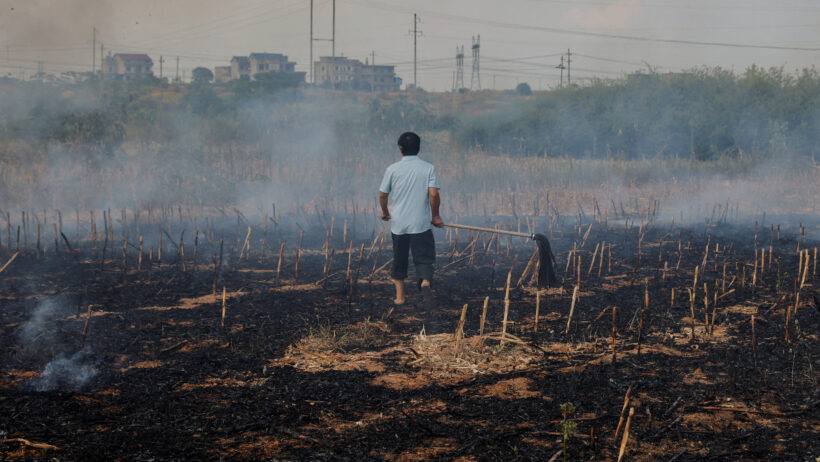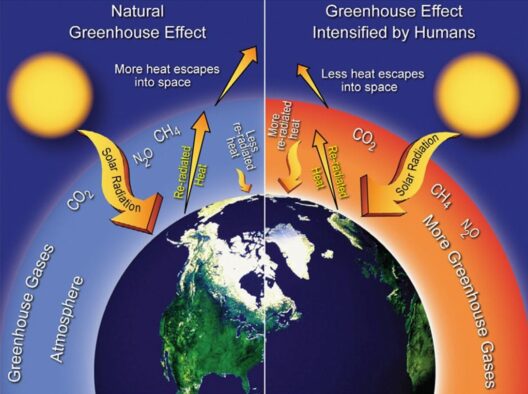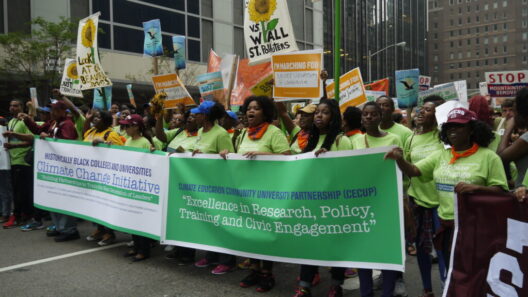Across the globe, droughts are emerging as haunting specters in the wake of climate change. Imagine standing in a parched landscape, where once-thriving ecosystems now lay dry and desolate. The question that lingers is: how can we mitigate the impact of droughts exacerbated by our changing climate? As the world witnesses an increase in temperature and decreasing precipitation, addressing this challenge becomes imperative.
The implications of sustained droughts are profound, extending beyond mere agricultural loss to touch various sectors including water supply, energy production, and human health. Understanding the mechanisms behind these droughts, along with exploring potential solutions, will illuminate the path forward for communities and nations alike.
To initiate this journey, we must first immerse ourselves in the five critical areas where intervention can have a significant impact. Each section below seeks to dissect components that play crucial roles in combating the drought crisis.
The mechanics of drought and climate change
In order to combat drought effectively, it’s essential to understand its intertwined relationship with climate change. Drought is not merely a result of sporadic rainfall—it is amplified by rising global temperatures. The proclivity for higher temperatures leads to increased evaporation rates, diminishing soil moisture and thereby intensifying the severity of drought conditions.
Additionally, anthropogenic activities such as deforestation and industrial emissions have exacerbated this issue. The destruction of forest ecosystems diminishes nature’s ability to absorb carbon dioxide, resulting in a feedback loop that further enhances global warming and worsens climatic extremes. Recognizing this correlation is crucial for developing holistic strategies against drought.
Innovative water management techniques
Efficient water management constitutes a linchpin in the fight against drought. Employing diverse strategies that promote water conservation is paramount. High-efficiency irrigation systems, such as drip and sprinkler methods, reduce water waste and ensure that crops receive adequate hydration without depleting groundwater sources.
Moreover, rainwater harvesting systems can be implemented to augment existing water supplies. Capturing rainwater not only promotes conservation but also encourages communities to engage with their local weather patterns and understand seasonal fluctuations. As urban areas expand, integrating green infrastructure—like permeable pavements and green roofs—can facilitate groundwater replenishment and mitigate runoff, further contributing to sustainable water management.
The importance of sustainable agricultural practices
The agricultural sector is one of the most adversely affected by droughts, making it imperative to explore sustainable farming practices as a response. Traditional farming methods often rely heavily on water-intensive crops, exacerbating the challenge during dry spells. Shifting towards drought-resistant crop varieties offers a dual advantage by enhancing resilience in the face of climate change and ensuring food security.
Additionally, practices like crop rotation and agroforestry can facilitate soil health while conserving moisture. Engaging in conservation tillage preserves soil structure, enabling it to retain more water. Therefore, embracing regenerative agriculture not only curtails the effects of drought but also enhances biodiversity, further strengthening ecosystems.
Community engagement and education
In this multifaceted battle against droughts, community involvement and education are critical. Broadening awareness about the impacts of climate change and the role of individual actions fosters a culture of sustainability. Workshops and educational programs can empower local populations to adopt eco-friendly practices, such as reducing water usage and implementing xeriscaping—landscaping that reduces or eliminates the need for irrigation.
Furthermore, building a sense of community around water use encourages collective action. Local governments and organizations can facilitate communal events focused on water conservation, creating a platform to address shared challenges. Fostering relationships among residents cultivates resilience, enabling communities to adapt collectively to changing conditions.
Policy advocacy and action
No discussion on combatting droughts caused by climate change would be complete without addressing policy reform. Legislative measures play a critical role in shaping water management practices and environmental protection. Advocating for policies that support sustainable water use and allocate resources for drought preparedness is essential.
This could involve strict regulations on water withdrawals from aquifers, alongside incentivizing agricultural practices that promote drought resilience. Governments must prioritize investments in infrastructure to support water conservation, such as refurbishing aging water systems to reduce leaks. Collaboration between policymakers, scientists, and local communities can ensure that policies are practical, effective, and grounded in empirical evidence.
Finally, there’s the question of innovation. As technology continues to evolve rapidly, can we harness tools like artificial intelligence and satellite imagery to predict drought patterns more accurately? The potential for technological solutions, combined with community-driven initiatives, could potentially pave a new road in the fight against drought and climate change.
In imagining a world that proactively addresses drought threats, we foster a sense of agency. Engaging in sustainable practices, advocating for policy changes, and remaining informed about climate trends can collectively shape a more resilient future. Understanding that the responsibility lies not solely on individuals or governments but on the global collective, we can forge ahead towards sustainability and thwart the impending drought crises.







